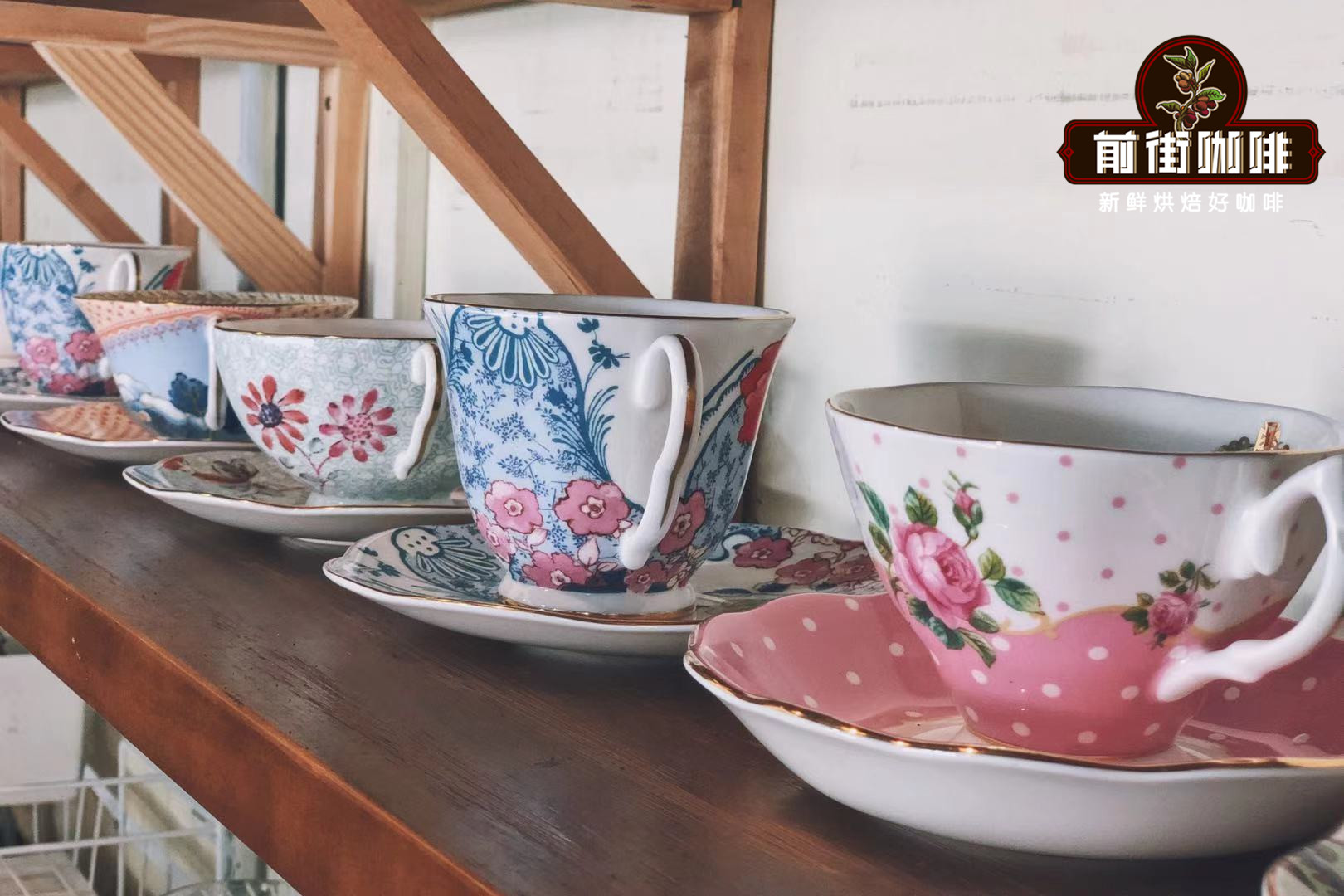Colombia Coffee Producers Association-Coffee Flavor Description Treatment Quality Introduction
Columbia Coffee producers Association-Coffee Flavor description treatment
Large-scale enterprise coffee farming land is distributed in the central and northern parts of China, and it is the main producing area of commercial beans, including the three major producing areas with a long history in the middle, such as Medeine, Amenia and Medillin,Armenia,Manizales, commonly known as [MAM]. It has a strong sour taste and typical Central American flavor.
But Bucaramanca in the northeastern province of Santander is known for its low sour and bitter flavor, similar to Indonesia's Mantenin flavor, probably related to an altitude of only 960m (low altitude, low acidity, always good). Bucamanca's beans are interesting, unlike the familiar Colombian flavor. Although they are soft beans, they are full-bodied, and they don't taste like [MAM] beans with dead acid and no depth.
Costa Rica's boutique bean producing areas are mainly in the south, more than 1500 meters above sea level, including St. Augustine (San Augustin,Huila) in Vera, Popayan,Cauca (Popayan,Cauca) in Cauca, Narino (Narino), and Tolima (Tolima), with delicate sour and raspberry aromas and caramel aromas.
When buying Costa Rican beans, don't think that the highest [Supermo] of 17-18 mesh must be delicious. Be sure to check which producing area the beans come from. If the producing area is not specified, most of them are commercial beans of [MAM], because the southern boutique producing areas will indicate the provinces and place names, so as to distinguish them.
The main varieties of Colombian coffee are small grains of coffee. Plants are small trees or large shrubs, 5-8 m tall, usually much branched at base; old branches gray-white, nodes dilated, young branches glabrous, compressed. Leaves thinly leathery, ovate-lanceolate or lanceolate, 6-14 cm long and 3.5-5 cm wide, apex long acuminate, acuminate part 10-15 mm long, base cuneate or slightly obtuse, rarely rounded, entire or shallowly wavy, both surfaces glabrous, lower vein axils with or without small pores; midrib raised on both surfaces of leaf, 7-13 on each side of lateral veins; petiole 8-15 mm long Stipules broadly triangular, arising from the tip of the upper part of the young branch conical or awn tip, the tip of the old branch is often protruding tip, 3-6 mm long. Cymes several clustered in leaf axils, each with 2-5 flowers, without a total pedicel or with a very short peduncle; flowers fragrant, with pedicels 0.5-1 mm long; bracts base ±connate, dimorphic, 2 broadly triangular, nearly equal in length and width, the other 2 lanceolate, 2 times as long as wide, leaf-shaped; calyx tubular, 2.5-3 mm long, calyx eaves truncate or 5-denticulate. Corolla white, length varies from breed to breed, generally 10-18 mm long, apically often 5-lobed, rarely 4-or 6-lobed, lobes often longer than Corolla tube

Important Notice :
前街咖啡 FrontStreet Coffee has moved to new addredd:
FrontStreet Coffee Address: 315,Donghua East Road,GuangZhou
Tel:020 38364473
- Prev

Recommended by Yunnan Coffee Brand ranking in China, the flavor and taste characteristics of Yunnan small-grain coffee bean hand brewing suggestion
Yunnan small grain coffee how to brew origin and distribution: originated in Ethiopia or Arabian Peninsula. Most of them are cultivated in Fujian, Taiwan, Guangdong, Hainan, Guangxi, Sichuan, Guizhou and Yunnan, but the quality produced in Yunnan is the best in China. The siphon pot characteristics of the whole strategy of brewing small coffee: the aroma of the brewed coffee
- Next

Flavor description and treatment of coffee beans in Honduras introduction to manors in producing areas
For coffee production in Honduras, the geographical conditions of Honduras are no less than those of its neighboring coffee producing countries such as Guatemala and Nicaragua. There are 280000 hectares of coffee plantations in Honduras, mainly small coffee plantations, most of which are less than 3.5ha. These coffee plantations account for 60% of the total coffee production in Honduras. In the coffee garden.
Related
- Detailed explanation of Jadeite planting Land in Panamanian Jadeite Manor introduction to the grading system of Jadeite competitive bidding, Red bid, Green bid and Rose Summer
- Story of Coffee planting in Brenka region of Costa Rica Stonehenge Manor anaerobic heavy honey treatment of flavor mouth
- What's on the barrel of Blue Mountain Coffee beans?
- Can American coffee also pull flowers? How to use hot American style to pull out a good-looking pattern?
- Can you make a cold extract with coffee beans? What is the right proportion for cold-extracted coffee formula?
- Indonesian PWN Gold Mandrine Coffee Origin Features Flavor How to Chong? Mandolin coffee is American.
- A brief introduction to the flavor characteristics of Brazilian yellow bourbon coffee beans
- What is the effect of different water quality on the flavor of cold-extracted coffee? What kind of water is best for brewing coffee?
- Why do you think of Rose Summer whenever you mention Panamanian coffee?
- Introduction to the characteristics of authentic blue mountain coffee bean producing areas? What is the CIB Coffee Authority in Jamaica?

